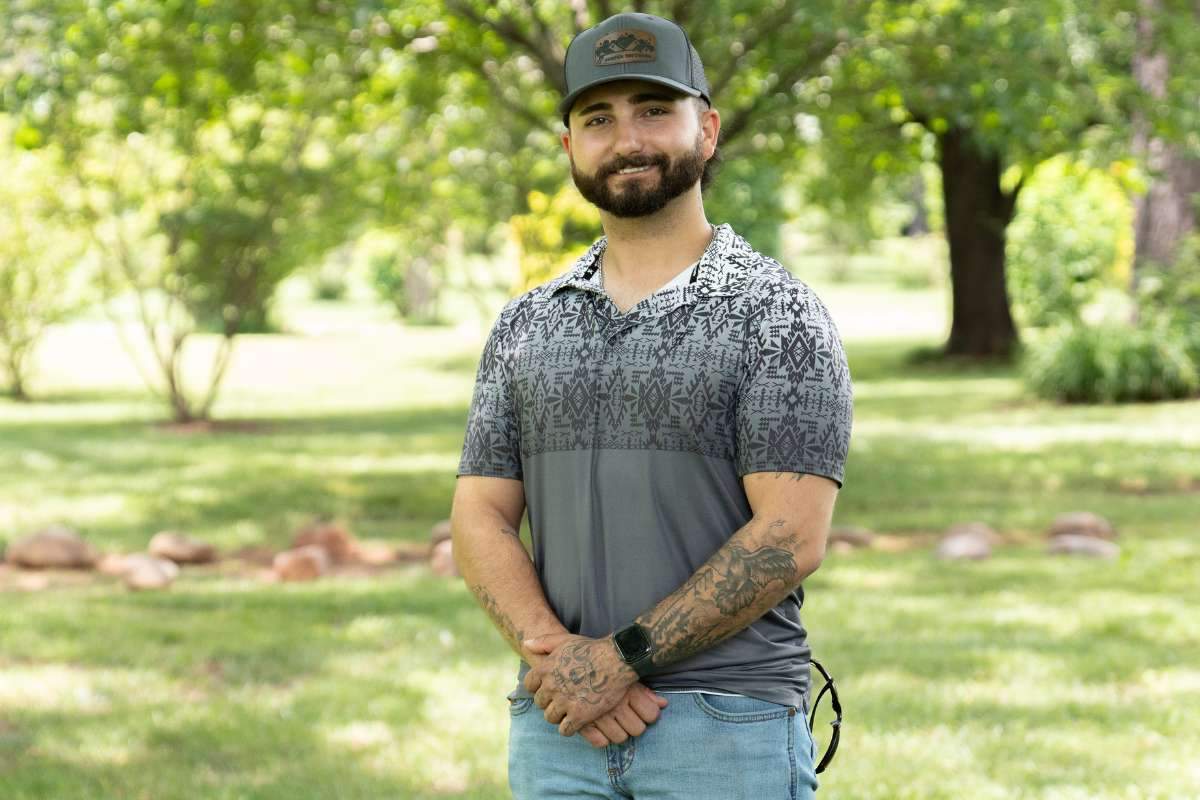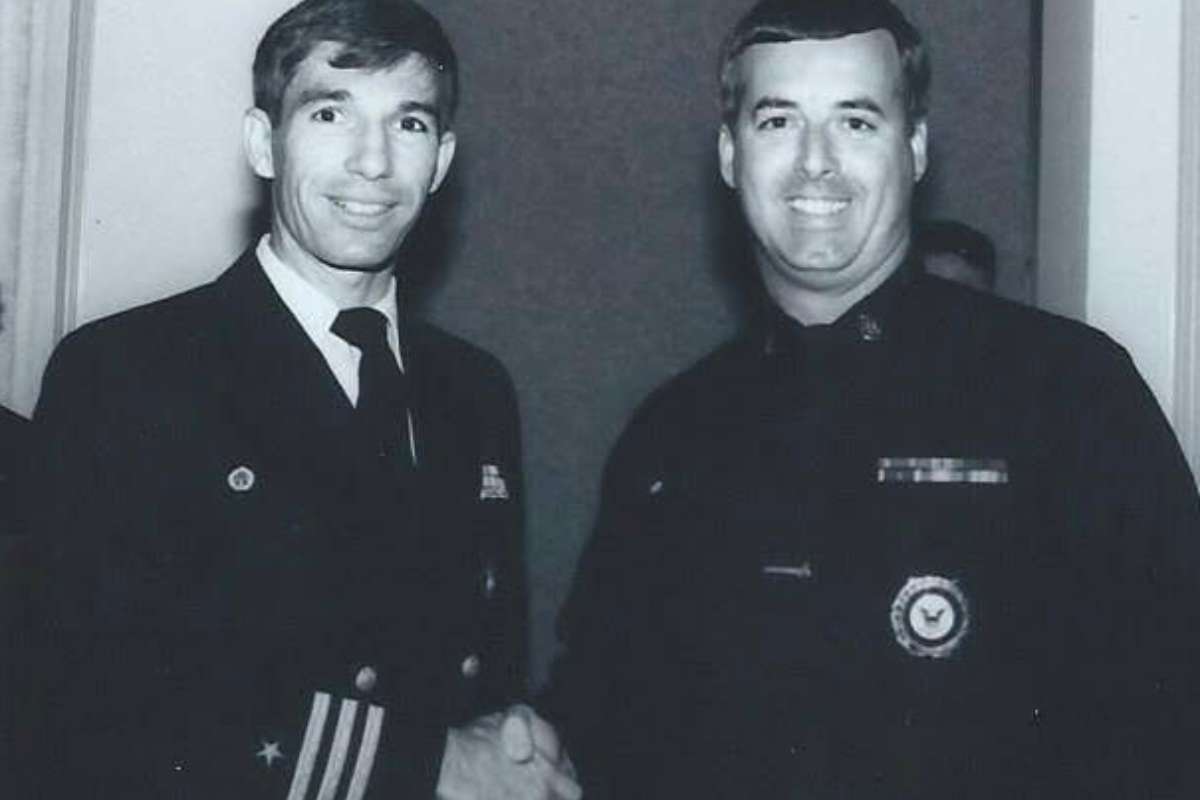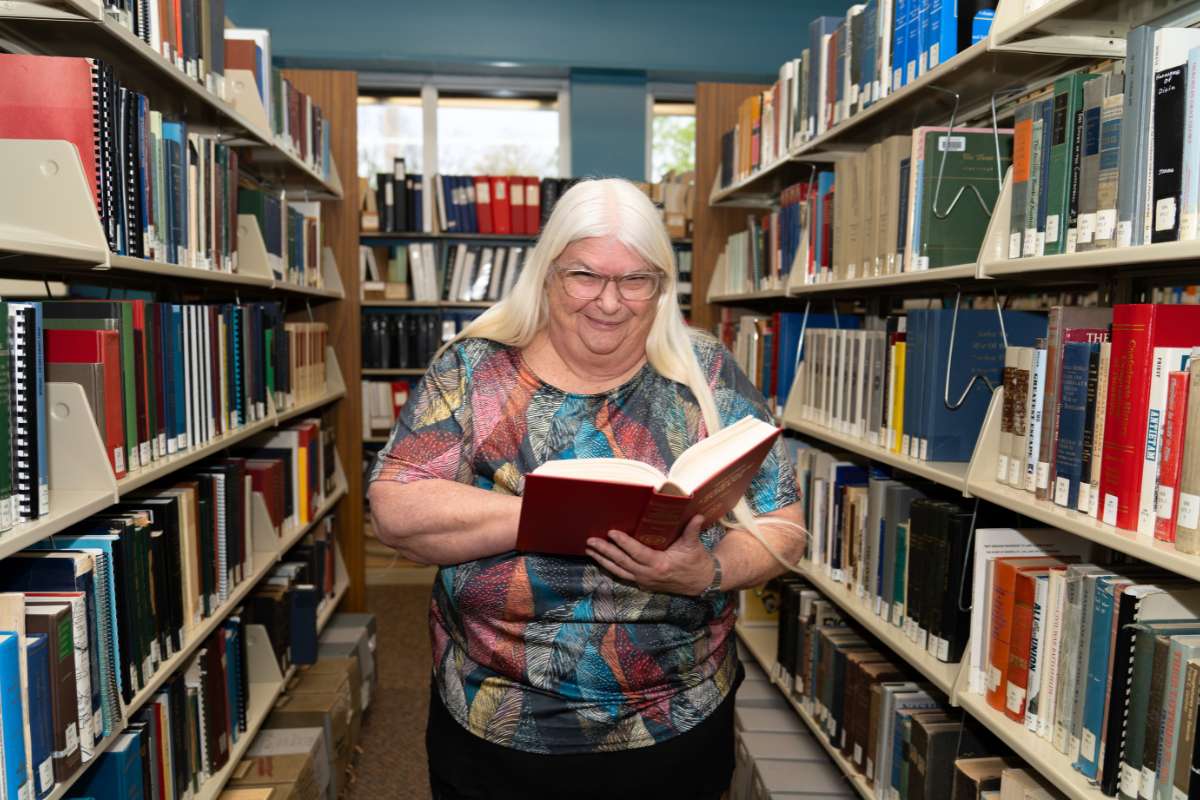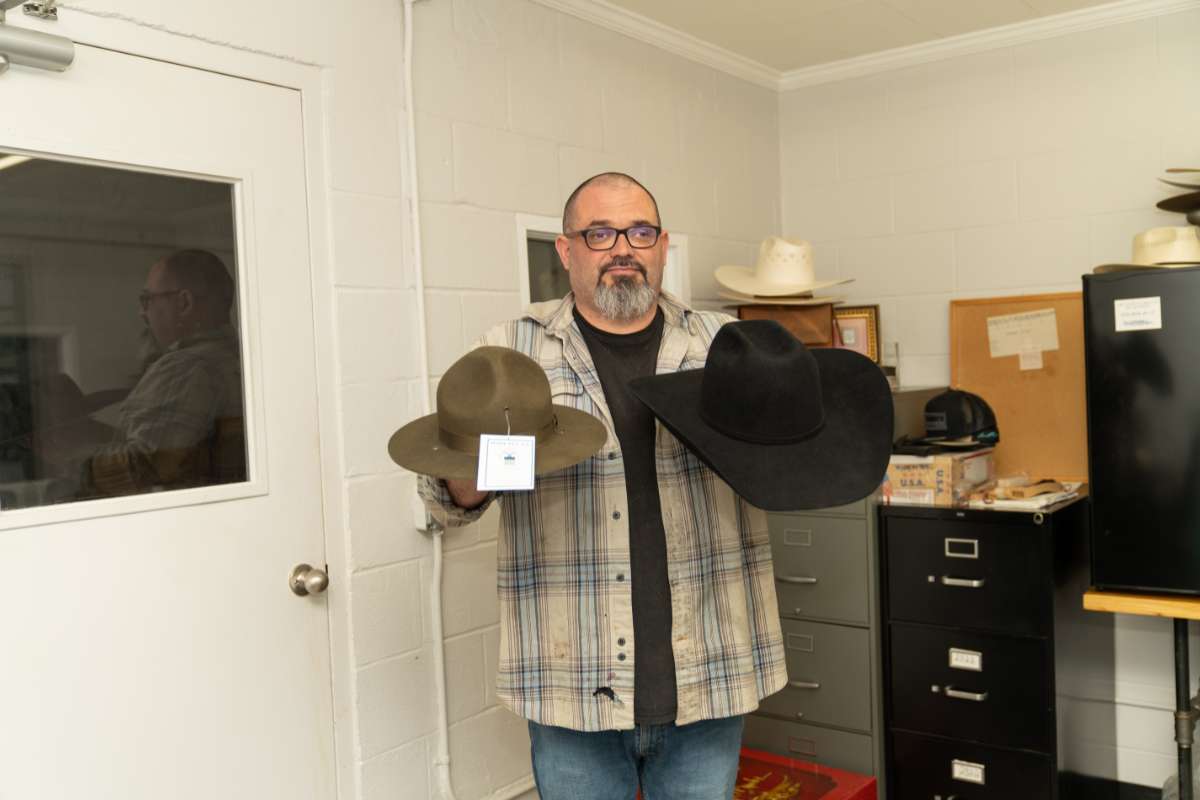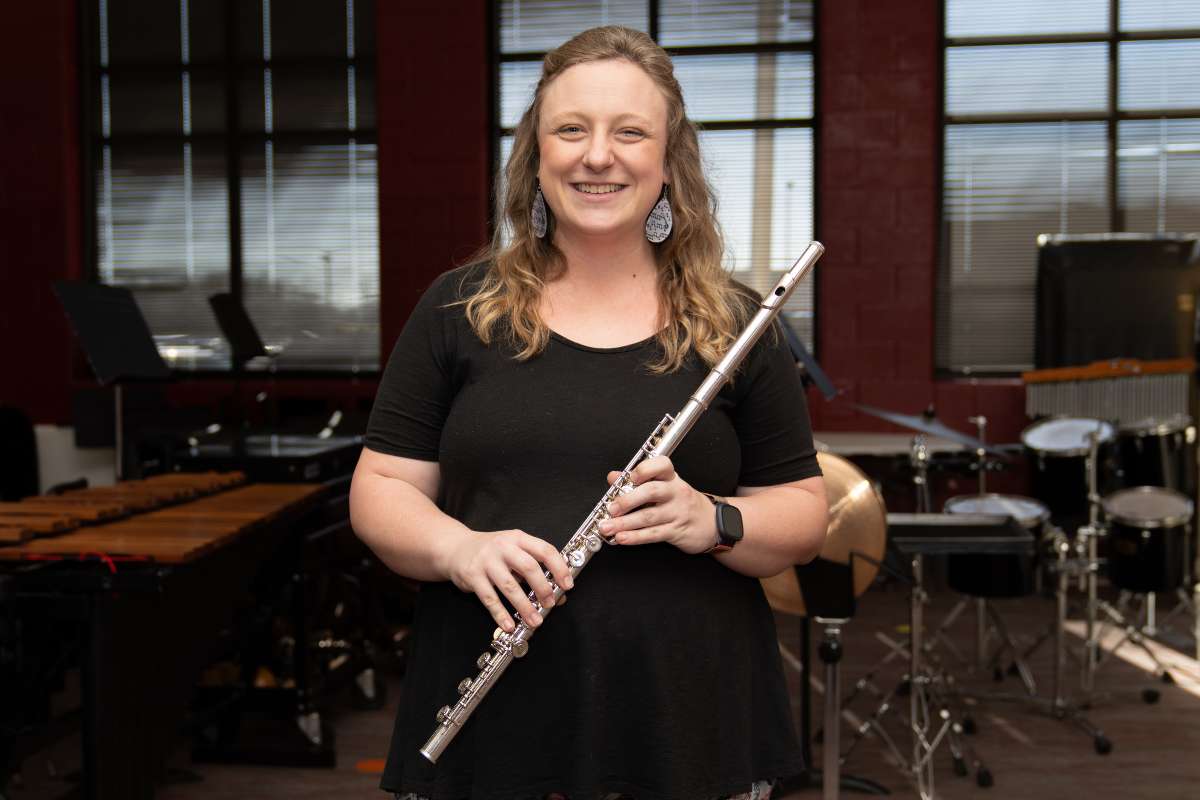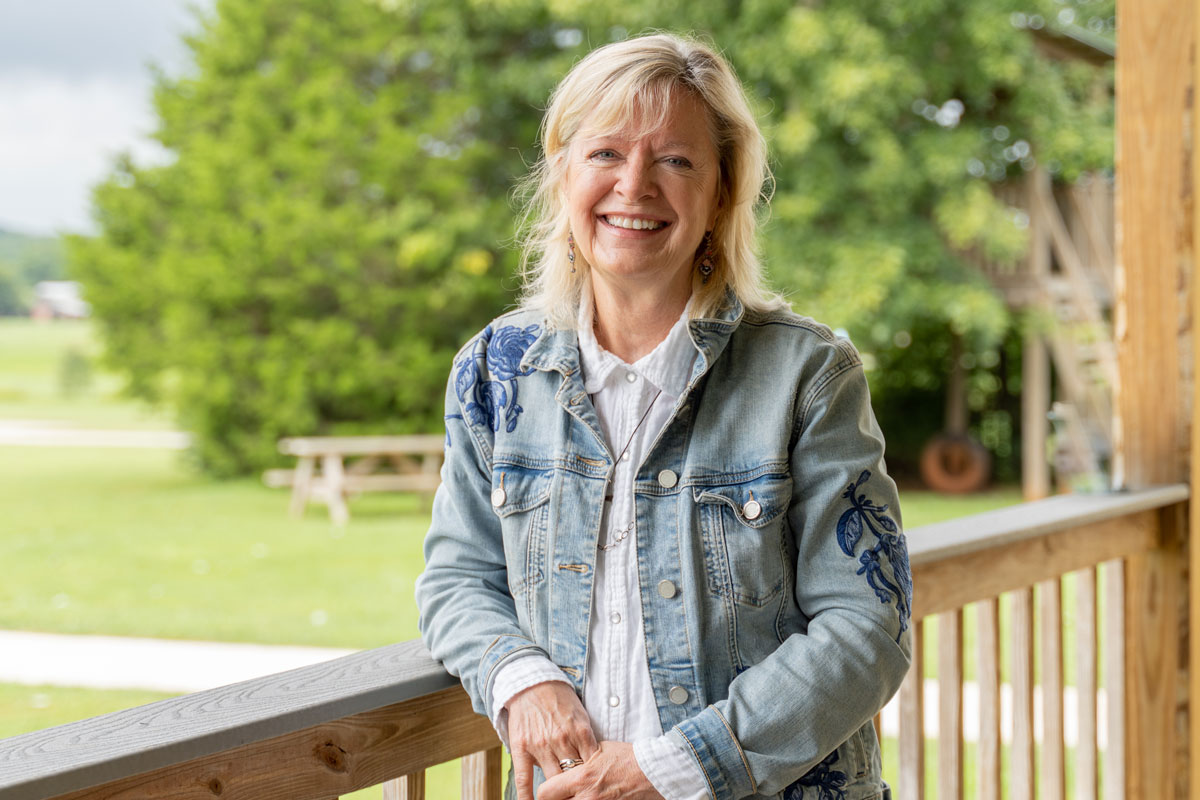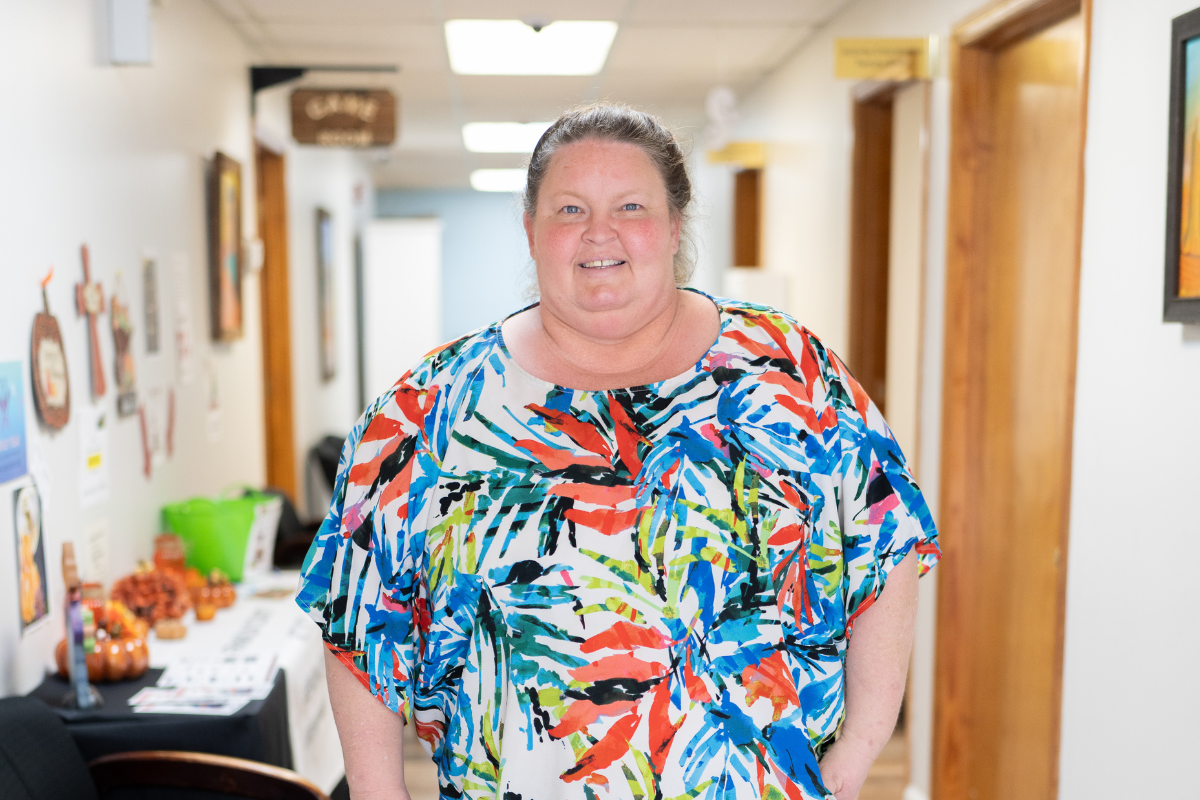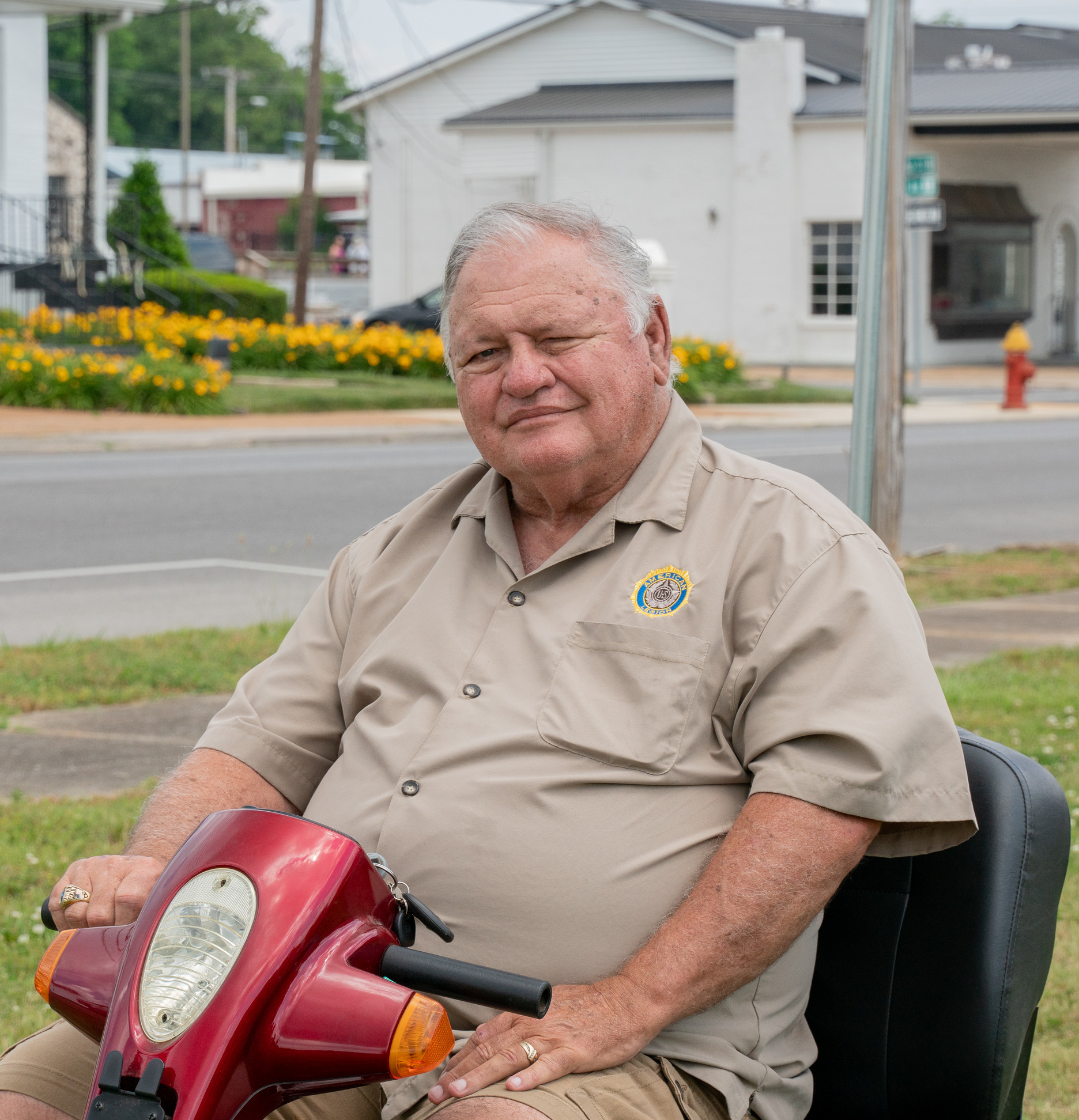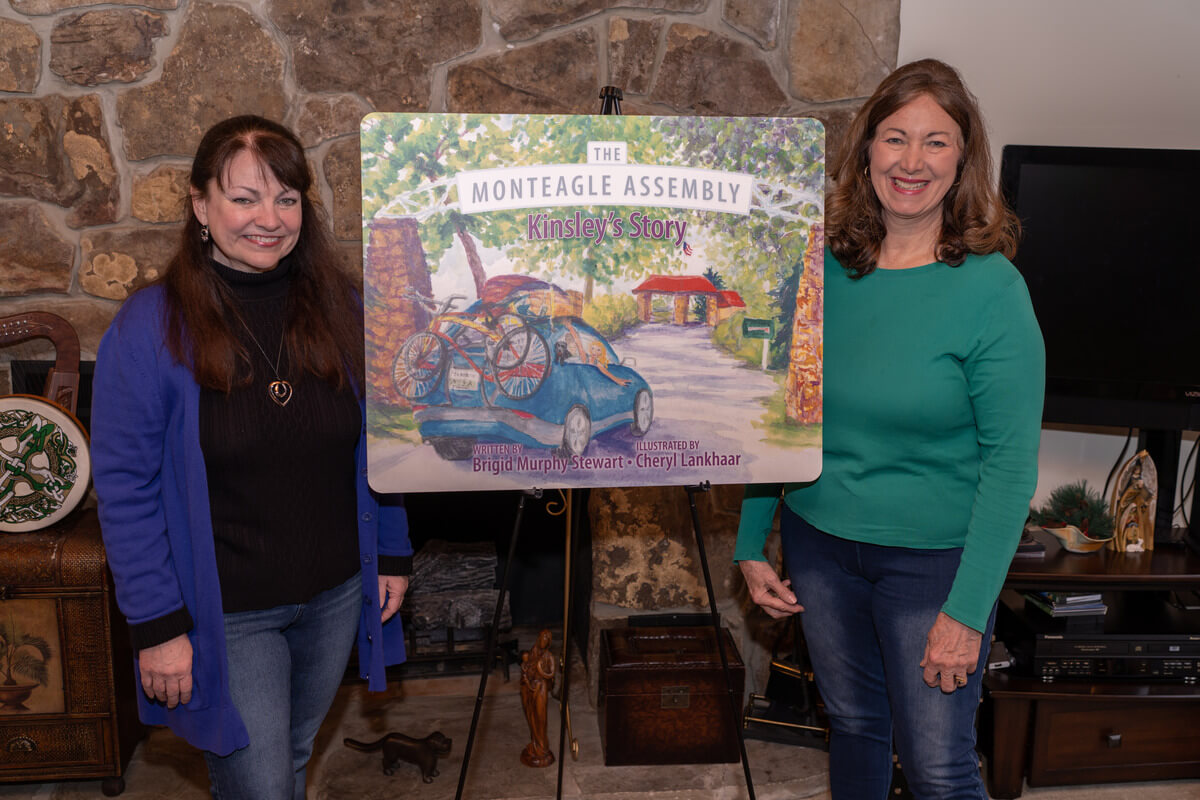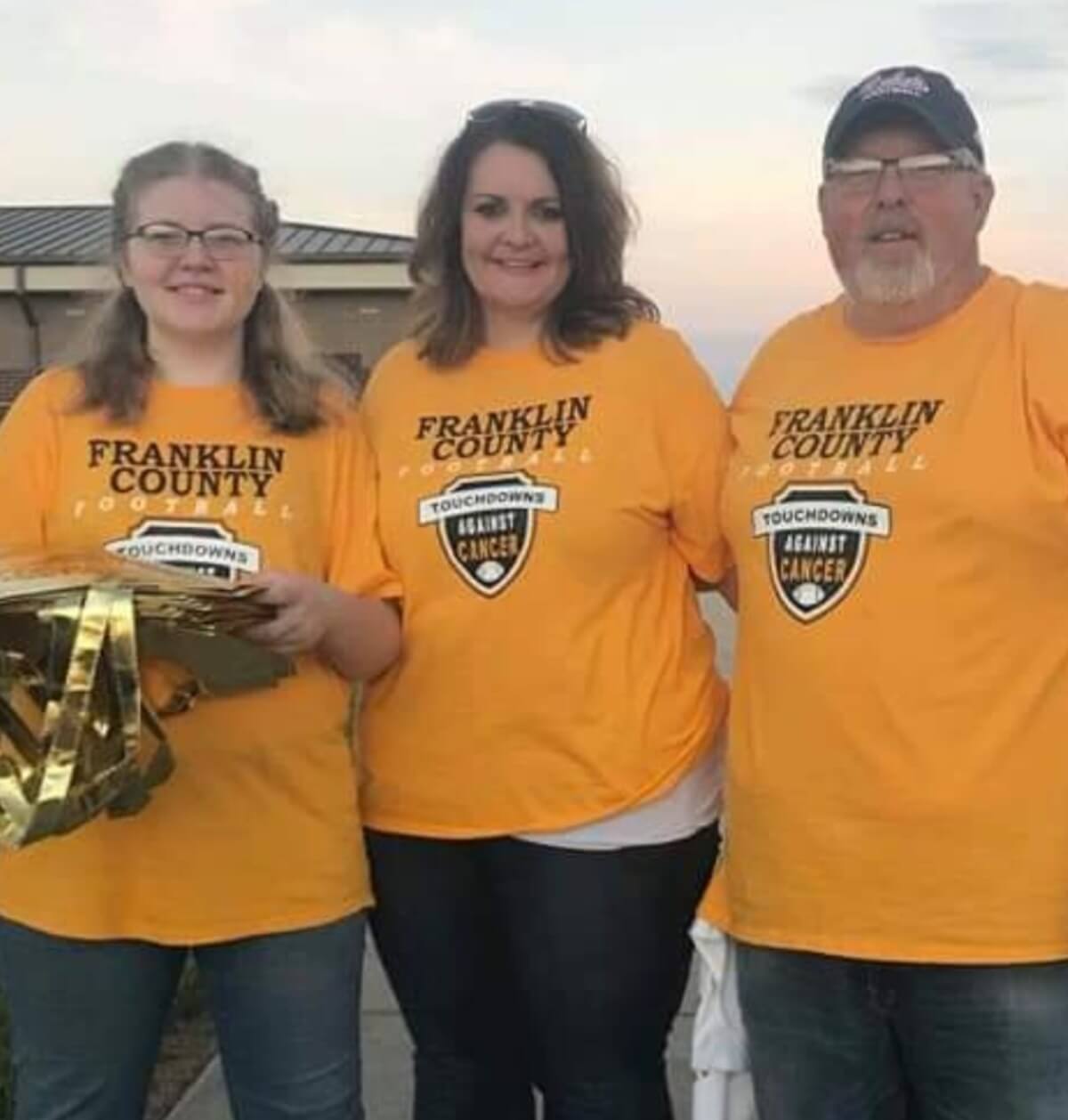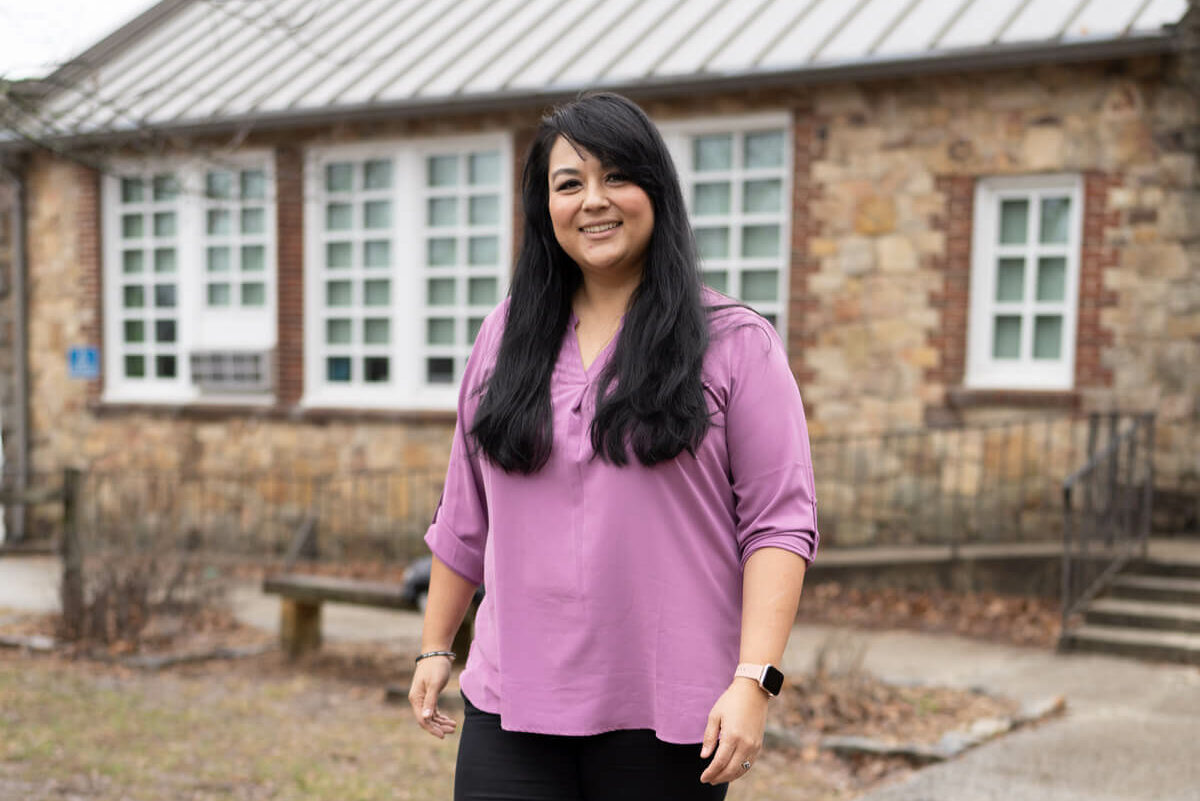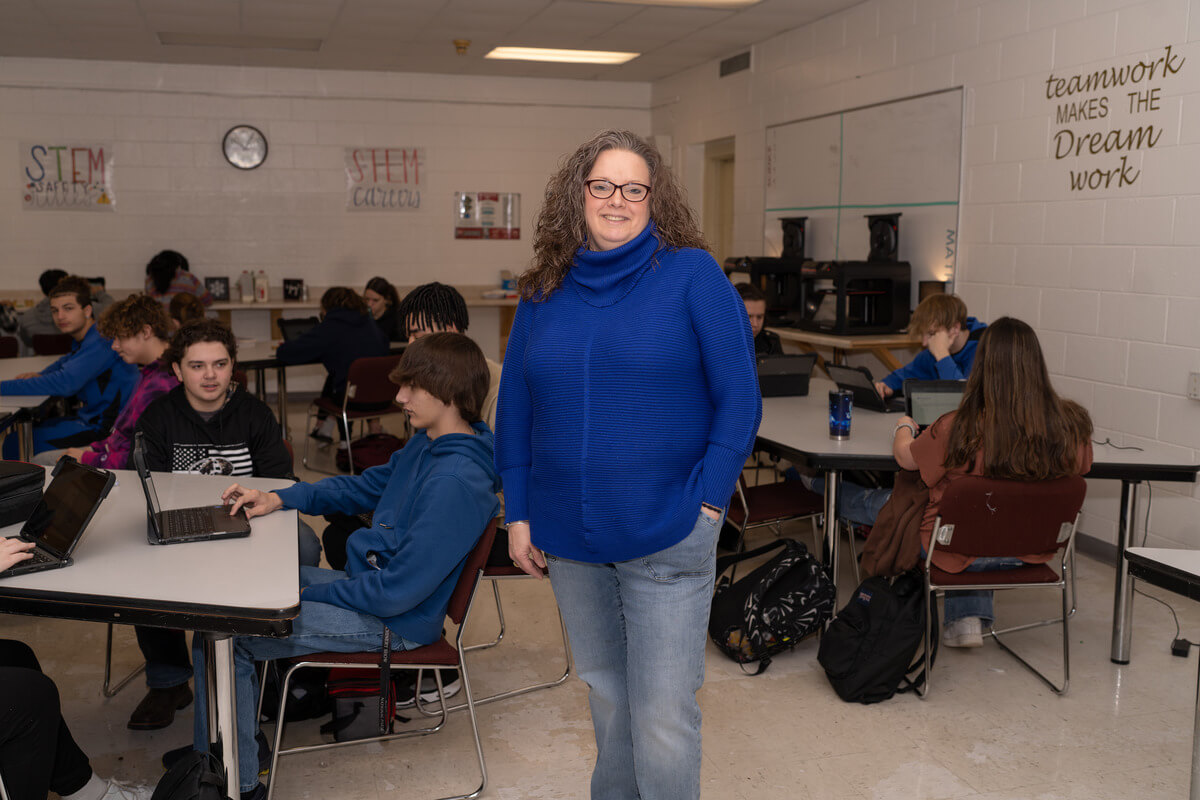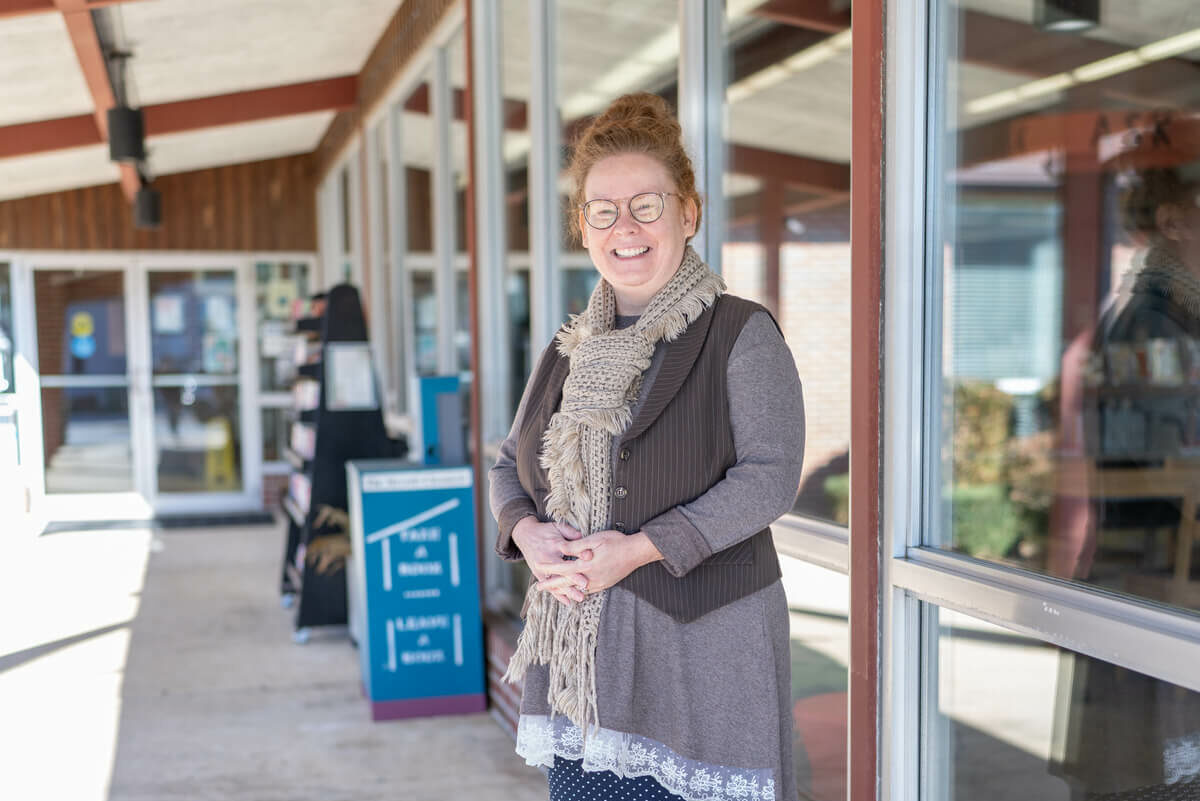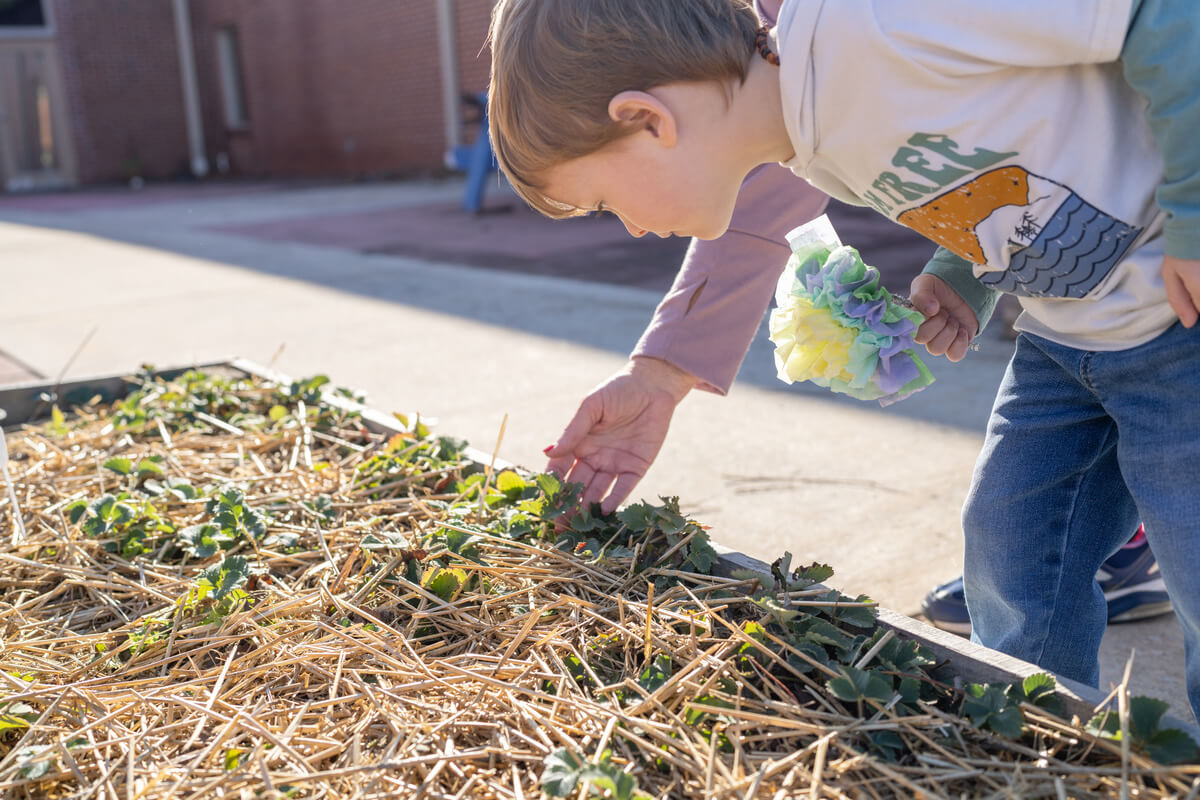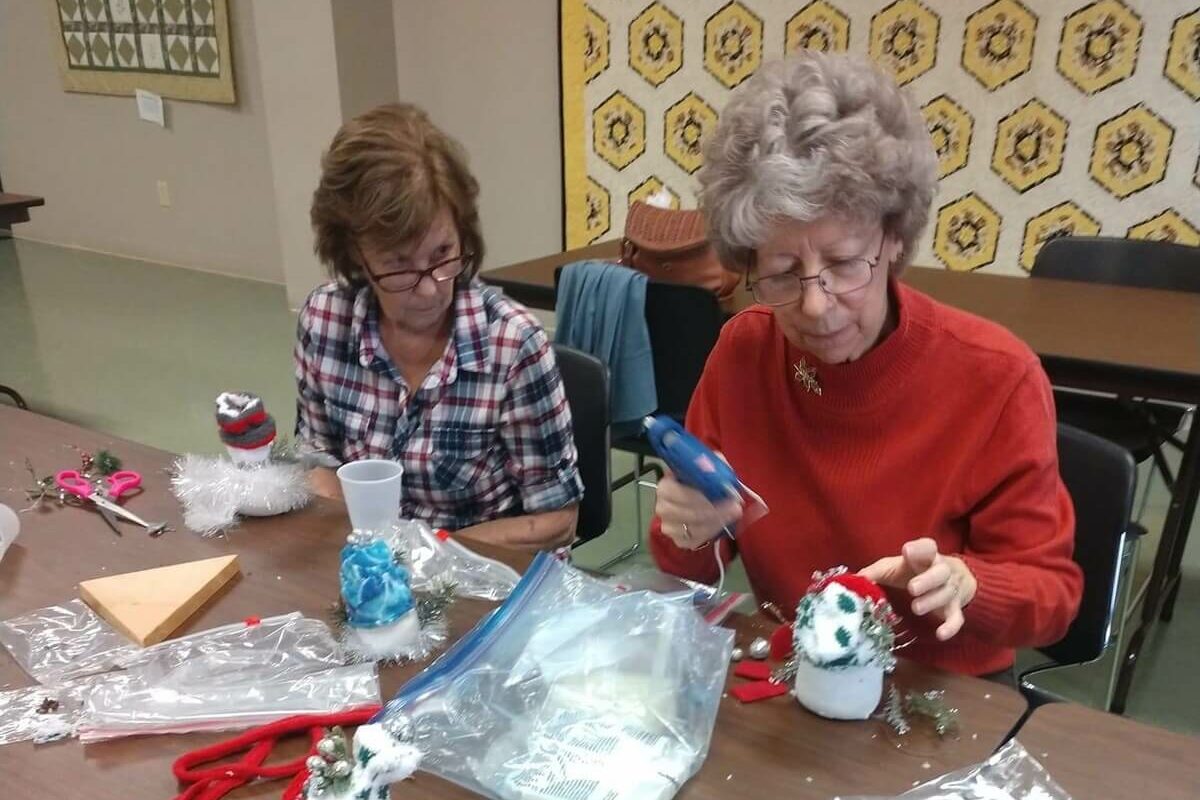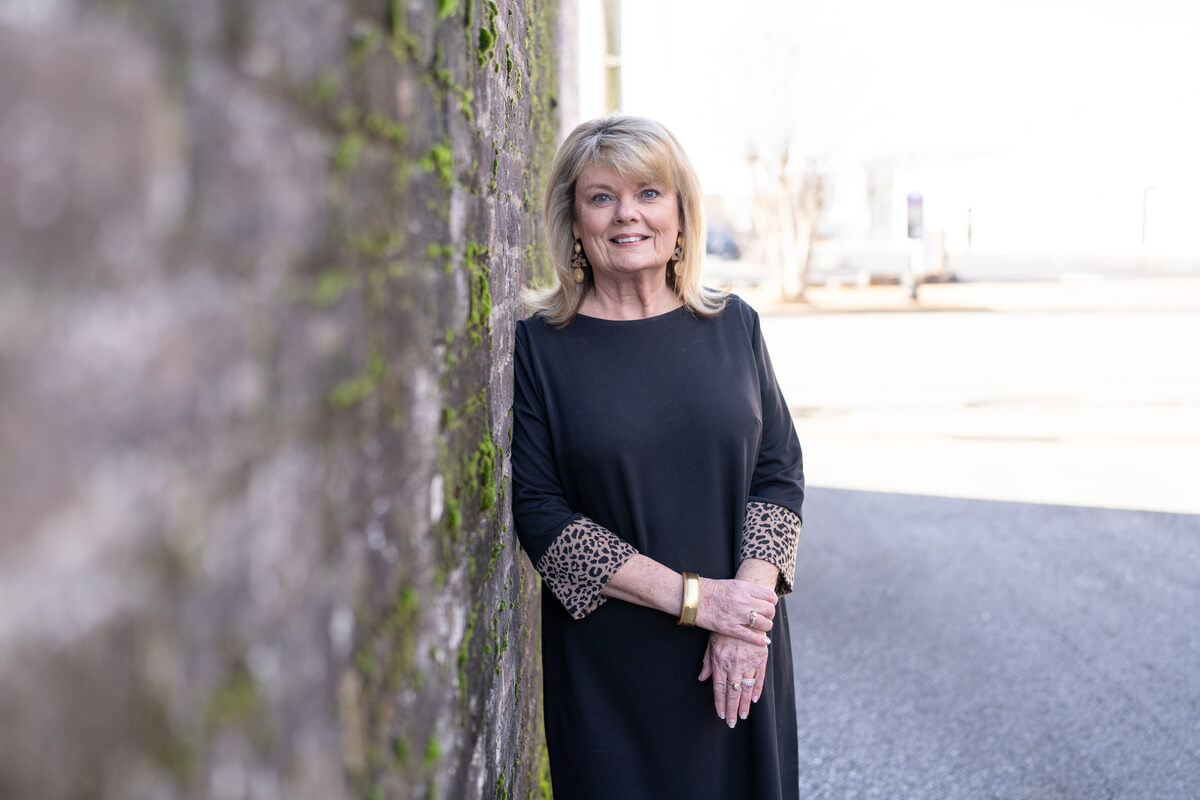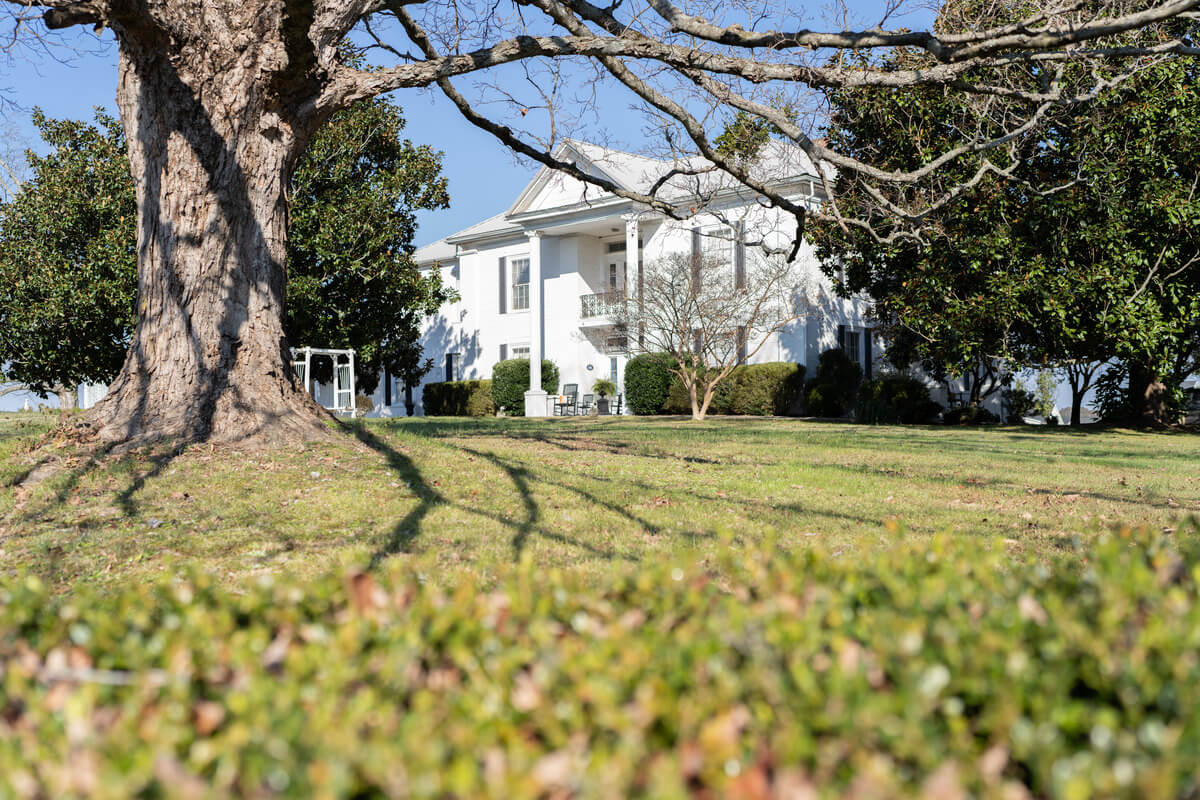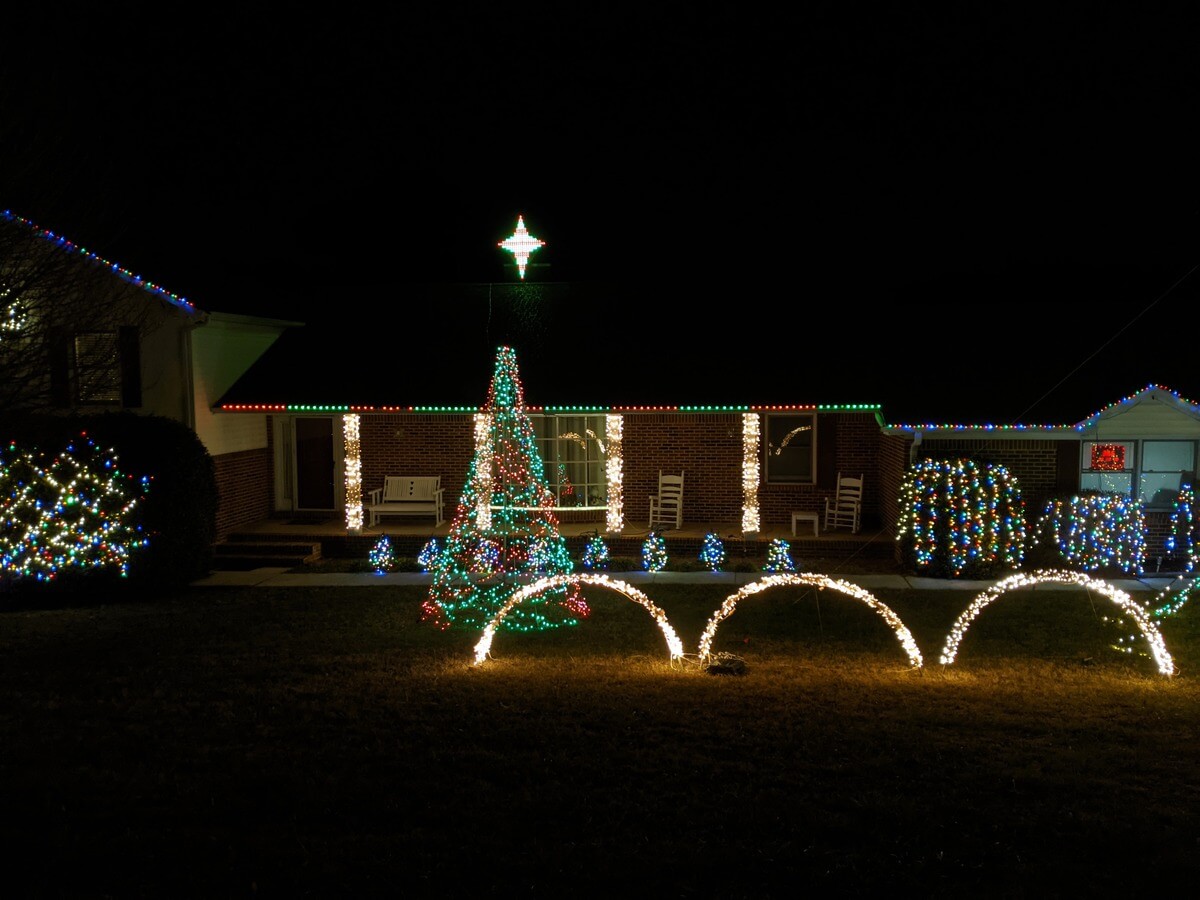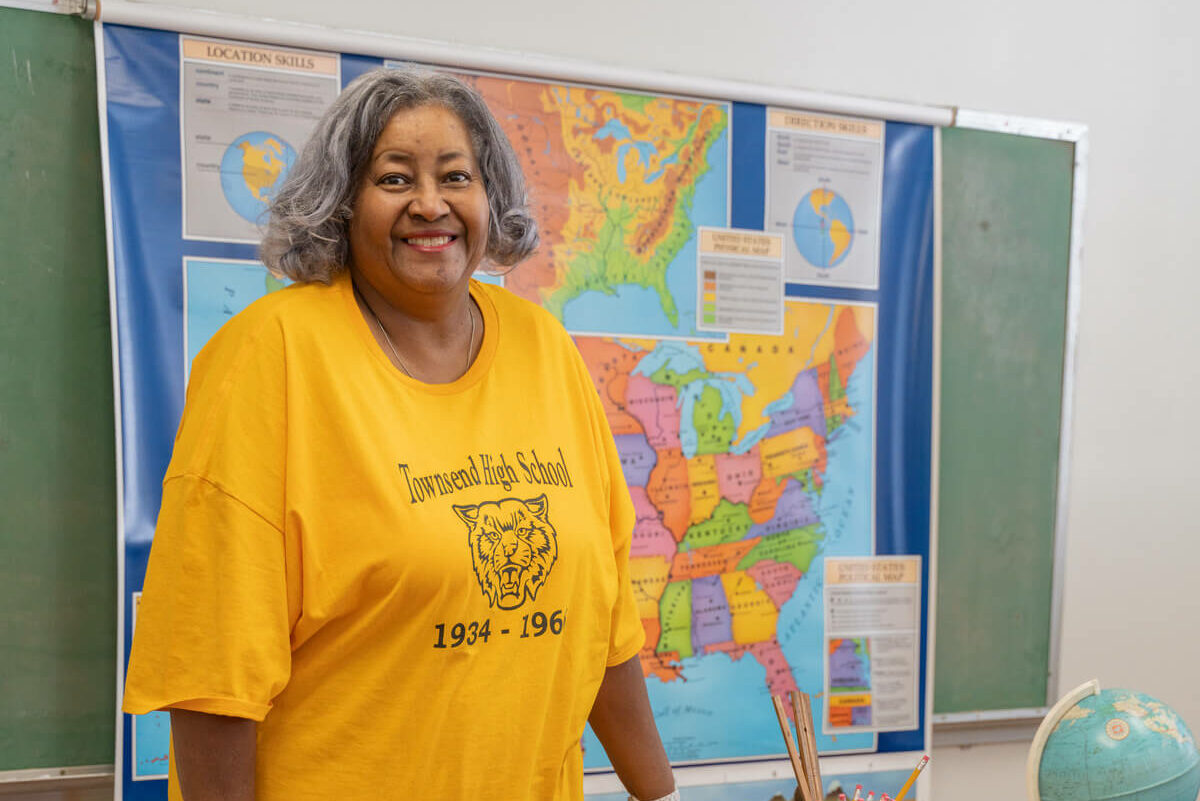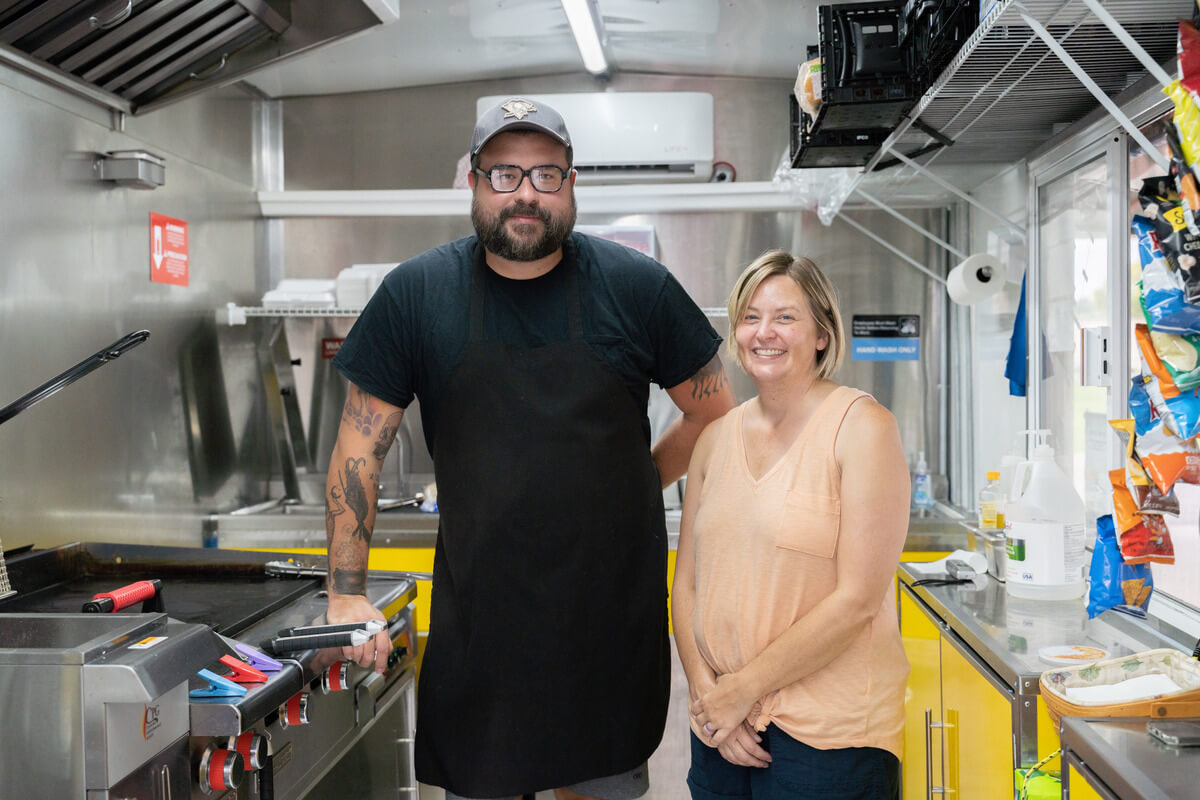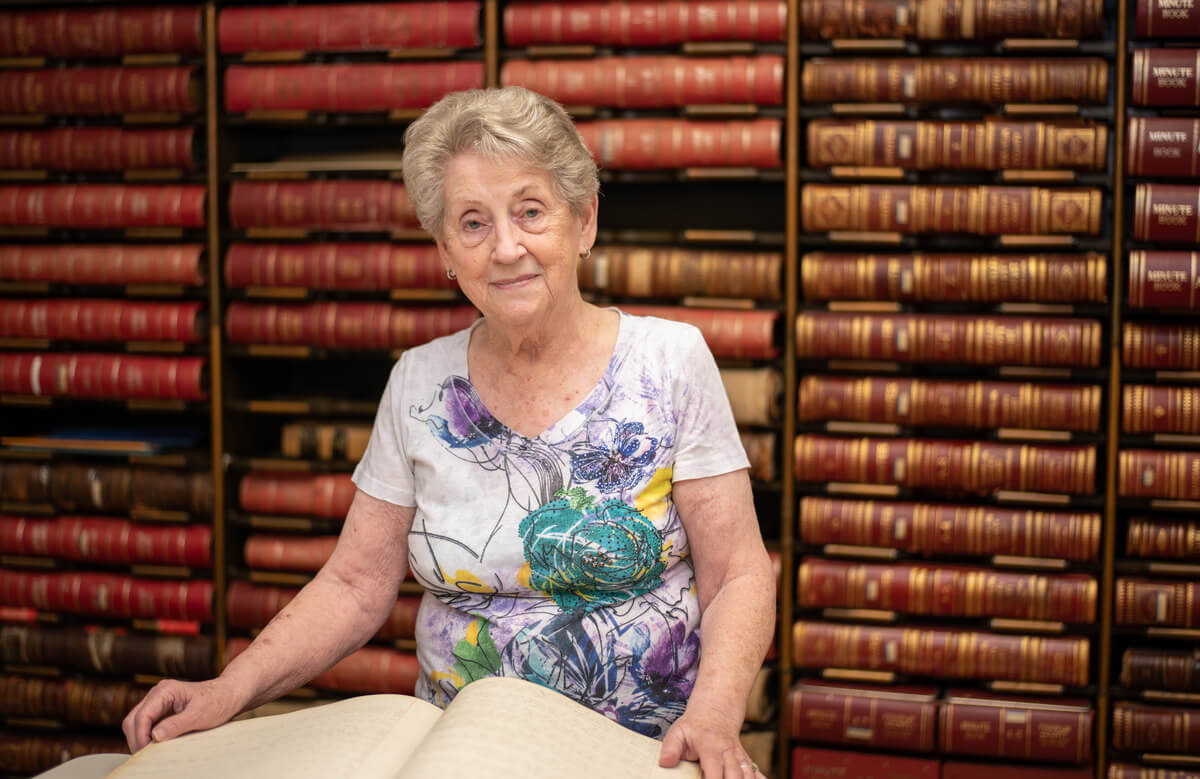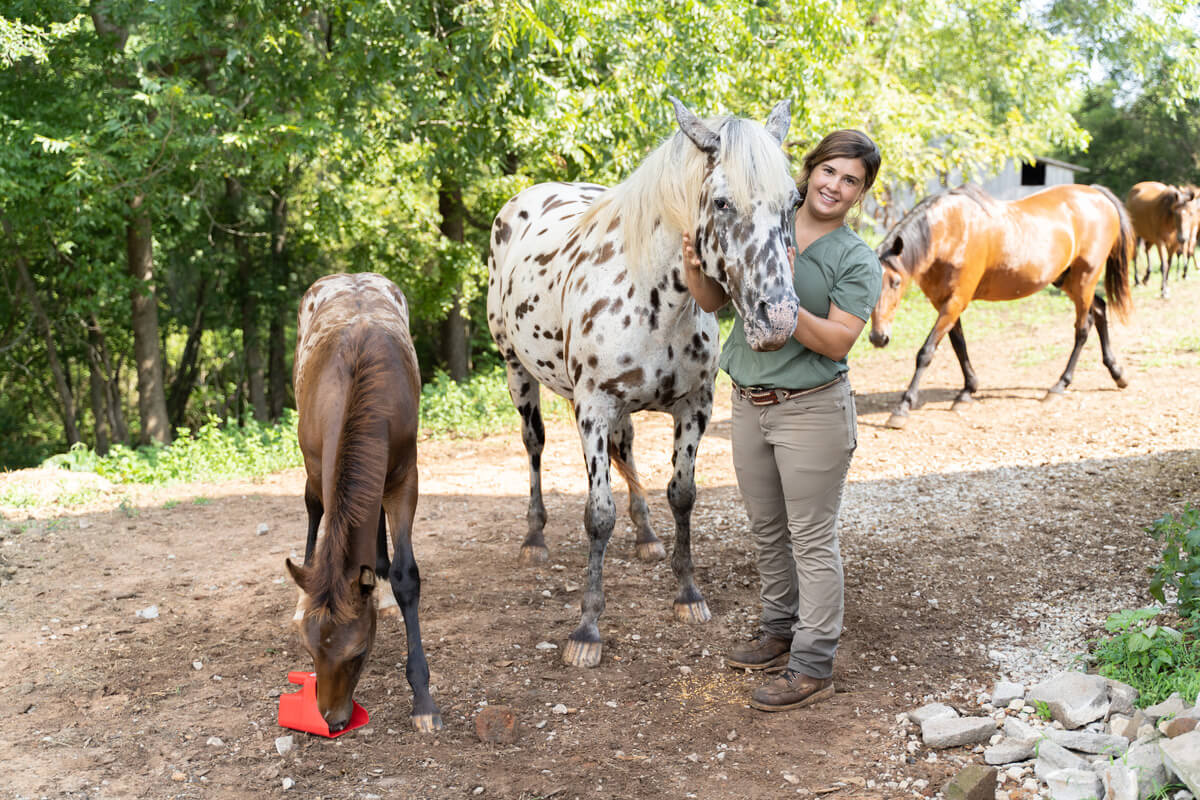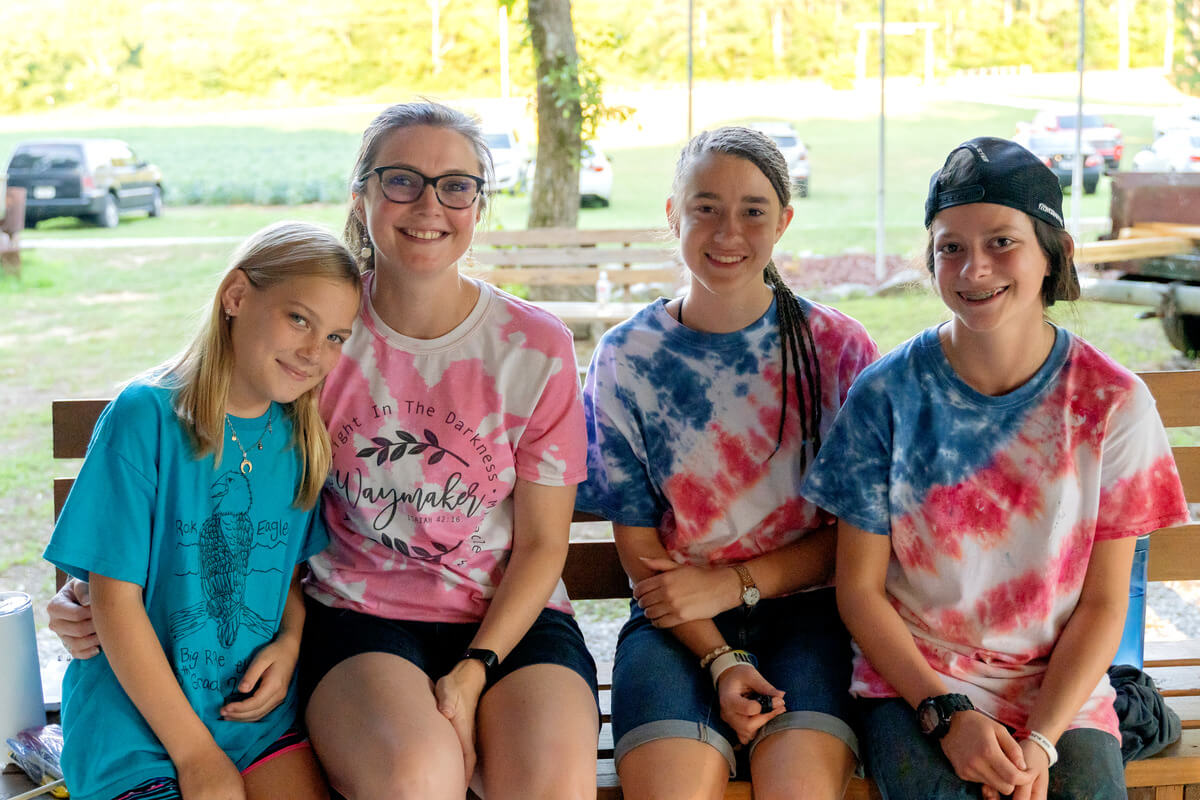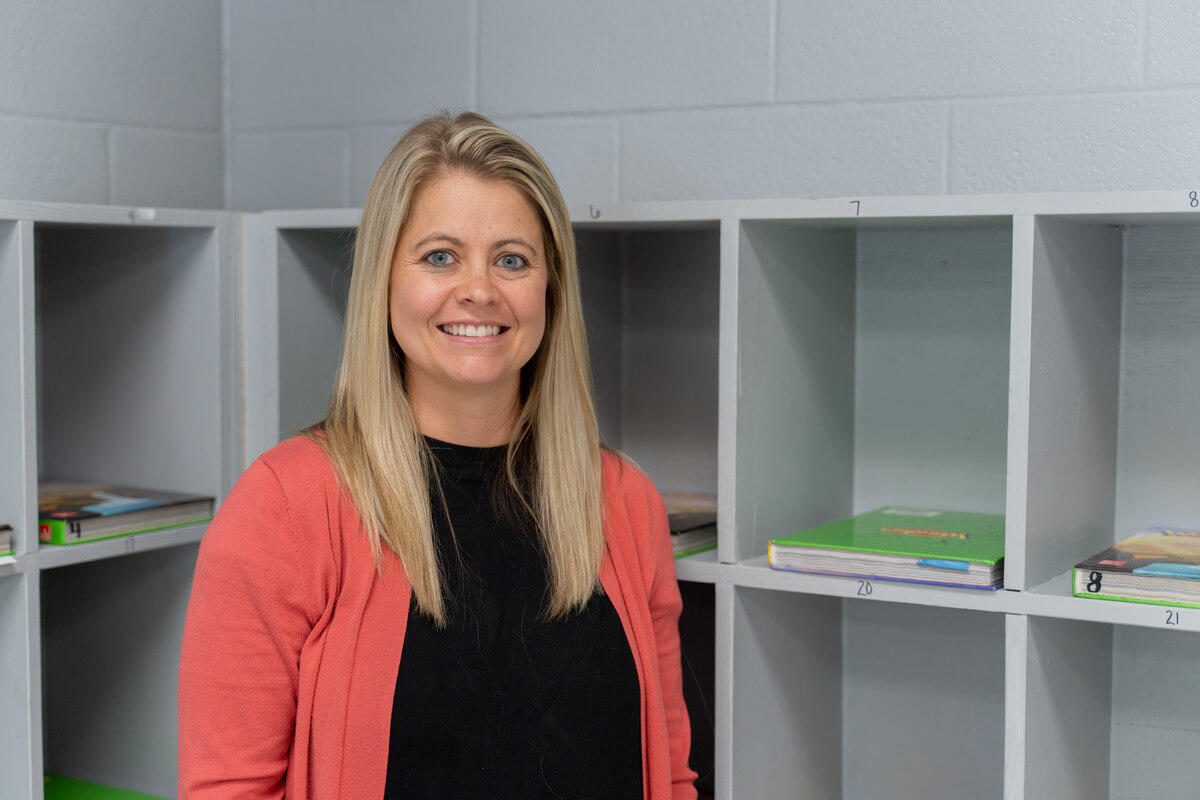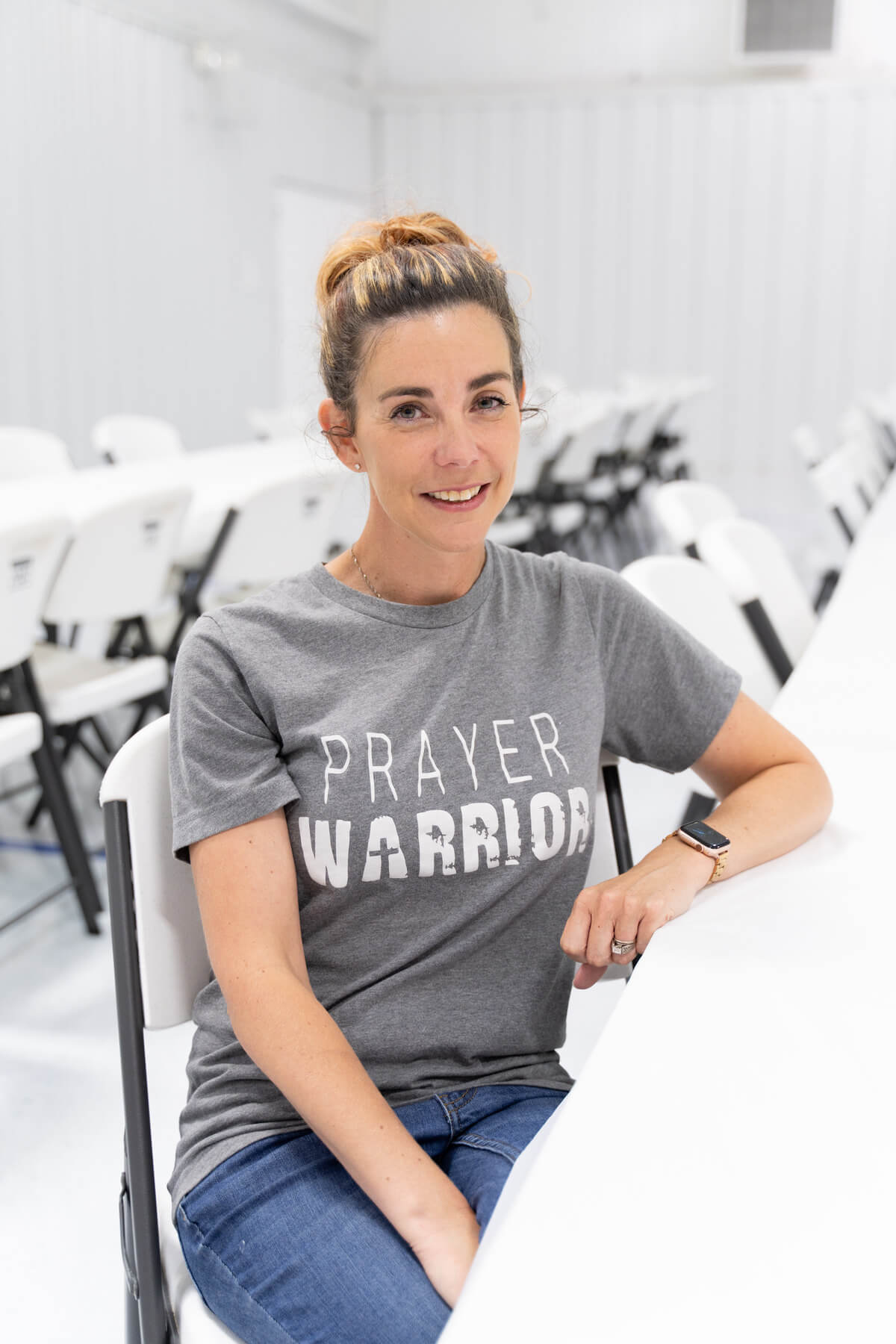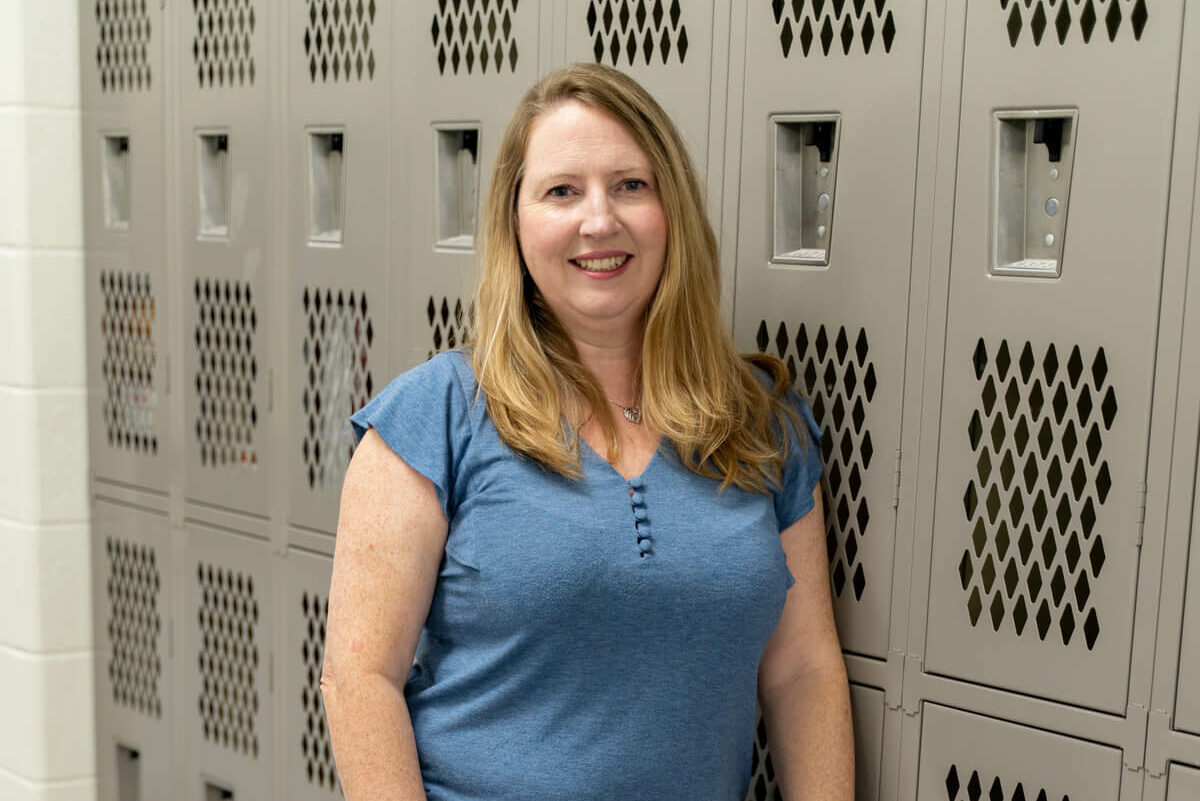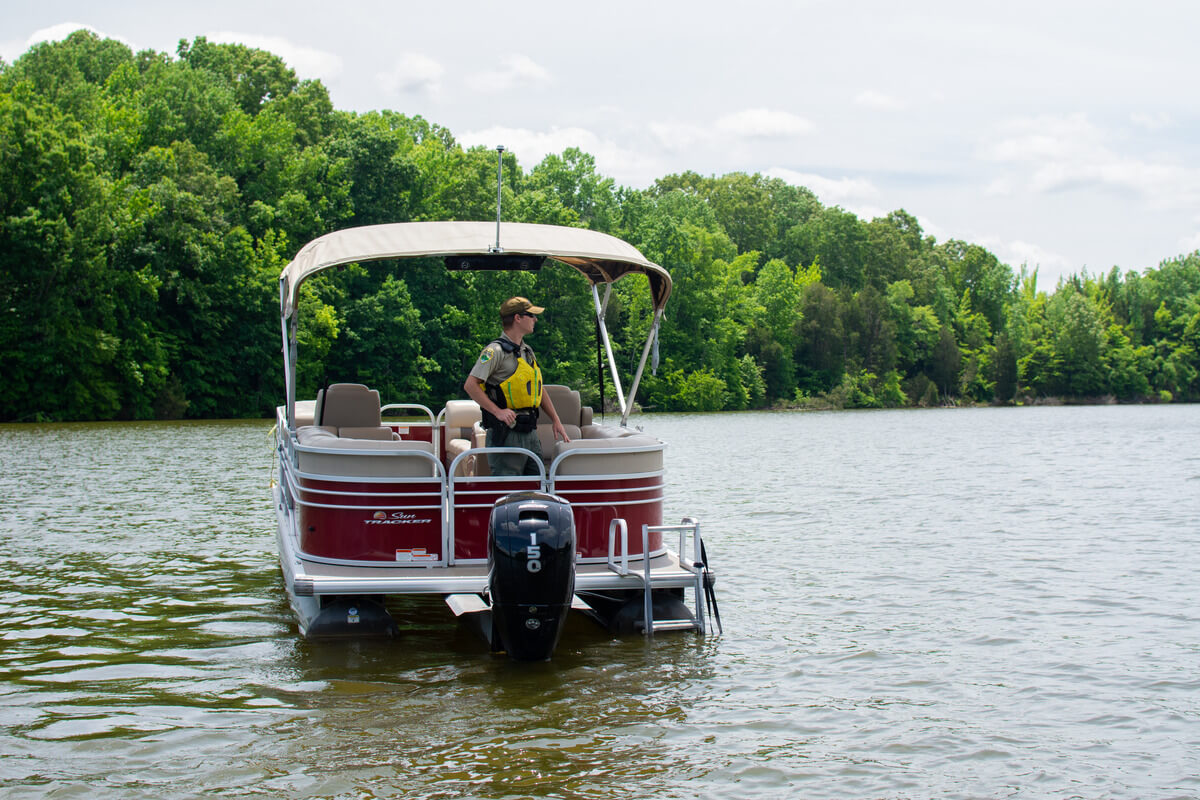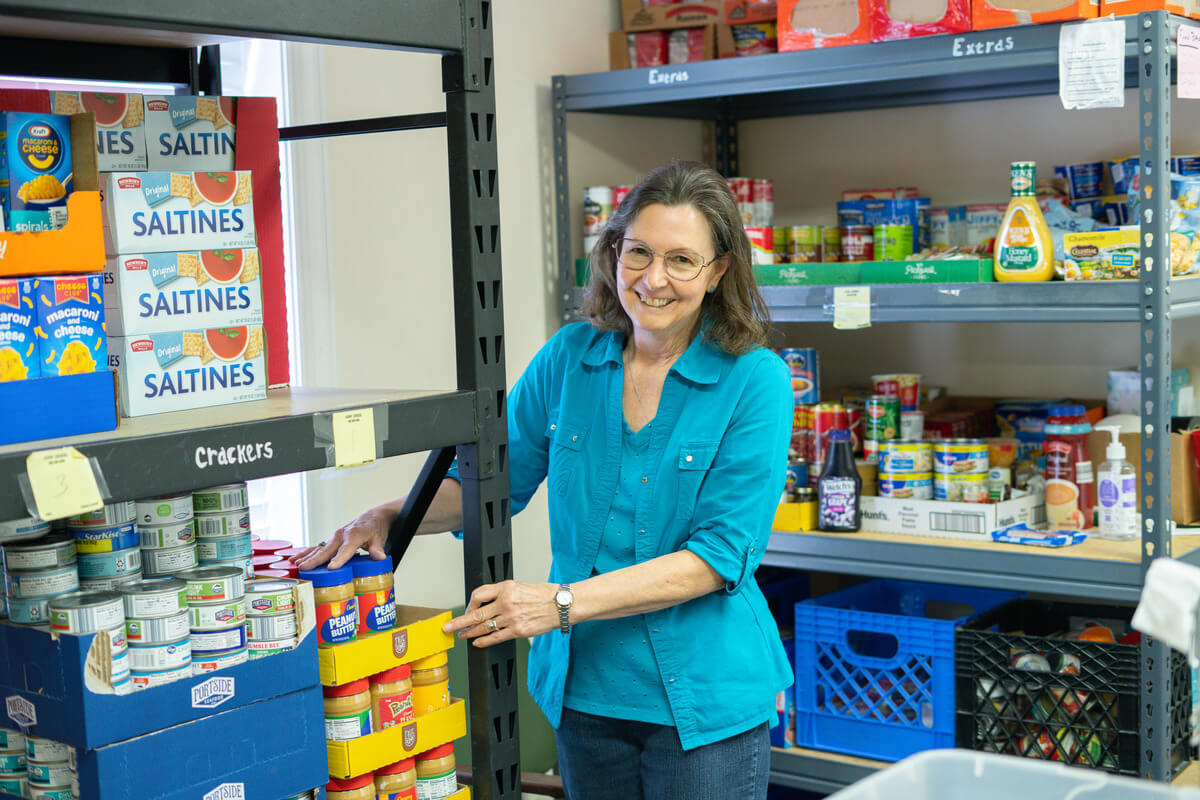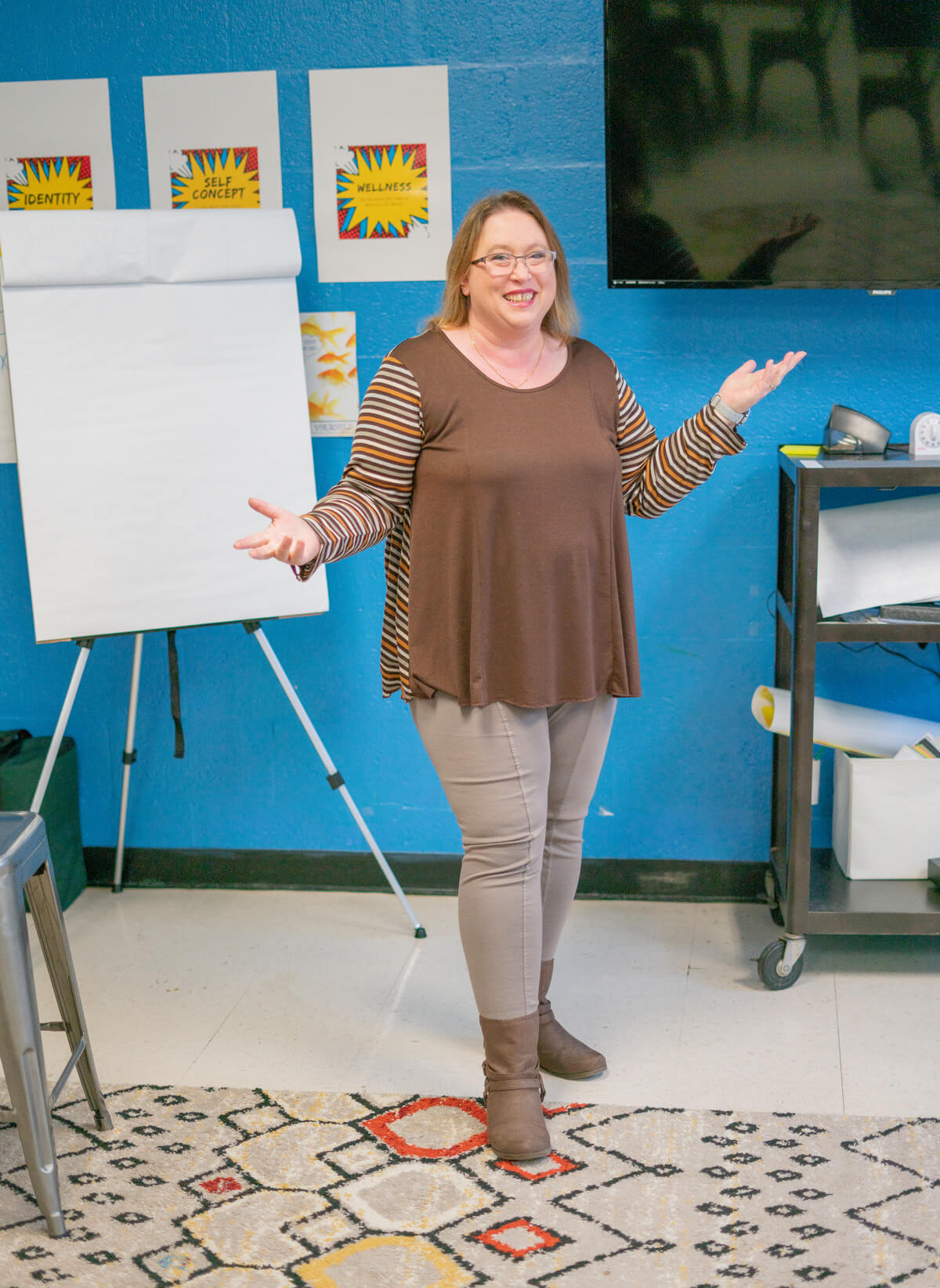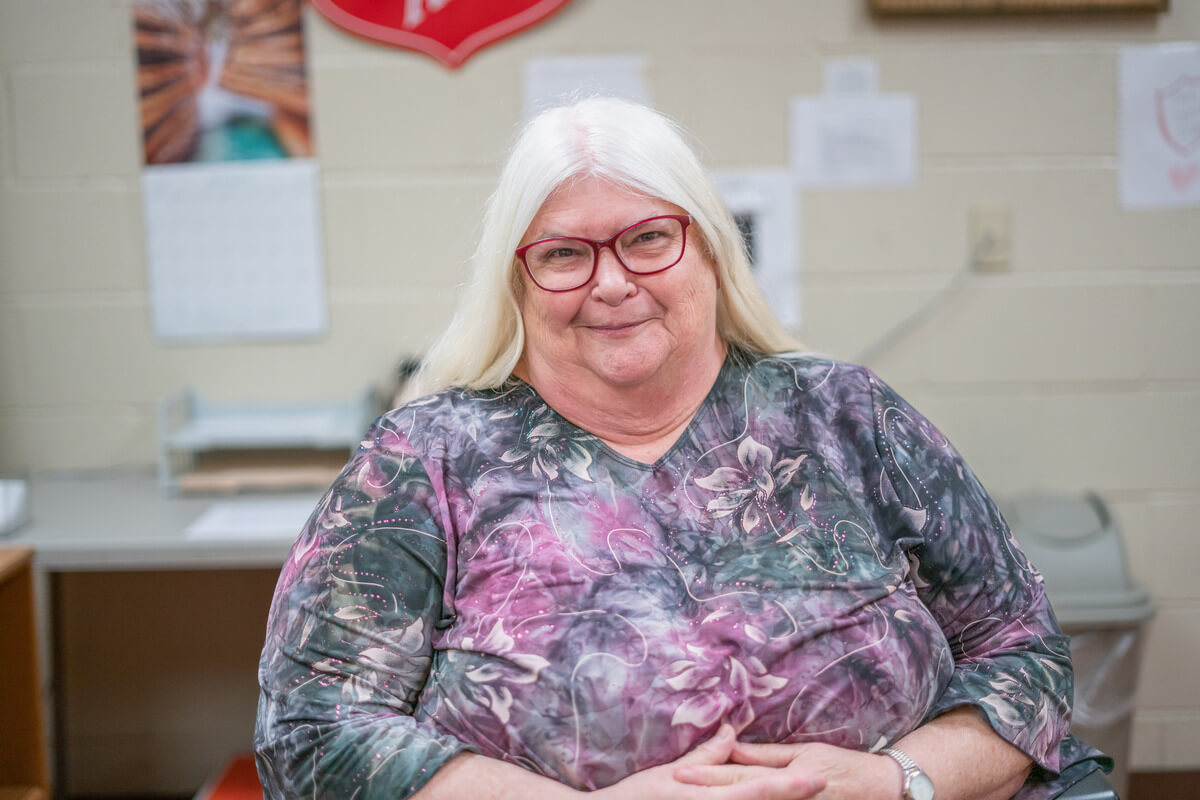MARY PRIESTLEY is a nature lover or an “appreciator,” as she calls herself. She enjoys its wonders discovered in the hills, behind the trees, and along the trails. There is always something to be found or enjoyed, but one must venture out first. It does the soul good to be among the trees and plants with their inhabitants. Priestley wants you to know that you can enjoy nature anywhere by looking around at your surroundings.
THE WONDER BEGINS
Since childhood, Priestley has been interested in the world of nature. Each in their own way, both of her parents were interested in the outdoors.
“My father was more of a gardener,” she explained. “He picked wild plums and made plum jelly. We always had horses, chickens, mules, or dogs. He was oriented toward husbandry. Mother, on the other hand, was an appreciator of nature. She loved flowers and that kind of thing. She was more interested in the beauty of nature.”
One of her earliest memories of enjoying nature was at her great-grandmother’s residence on Signal Mountain, where they enjoyed spending time in her most magical “bog garden.”

“She was an avid gardener. She would take us to see her bog garden, which had native plants. The trek out to the garden is my earliest memory of nature,” said Priestley.
While she would develop other loves and interests over the years, nature always snuck its way into Priestley’s life. She earned a Master of Science in biology at Middle Tennessee State University and a Master of Fine Arts in creative writing from The University of the South (Sewanee). She taught science for years in the Franklin County School system and wrote several books about nature.
SOMETHING TO SHARE.
Priestley appreciates nature’s beauty and works to take care of it however she can. As a long-time resident and a graduate of Sewanee, she has been highly involved with the University, assisting in various ways. She has worked with the University’s botanist, professor Jon Evans, and The Sewanee Herbarium for several years, helping to collect, press, dry, and catalog the plants of the Sewanee campus.
“When he arrived, professor Evans needed help organizing the plant collection,” she explained. “Yolande Gottfried and I worked on it together. It was a lot of fun. We then began to venture out and discover more plants—just moseying around and finding plants we didn’t know lived here. I loved just being able to wander through the woods and explore— not really with a destination in mind, but just to take my time and explore. With Jon in the lead and the assistance of many students and others, we put together the inventory of plants on the campus and got it published.”

According to the University’s website, the Sewanee Herbarium has cataloged over 1,120 species of vascular plants on Sewanee’s 13,000-acre campus as part of The Domain Flora Project. In 2016, professor Evans and his colleagues published The Vascular Flora of The University of the South, which won the Windler Award in Systematics from the Southern Appalachian Botanical Society. The Herbarium regularly hosts hikes and workshops, documents plant invasions, monitors endangered plants on the Domain, and supports plant conservation on the Cumberland Plateau.
Priestley began editing “The Sewanee Plant Press” in 1997. The quarterly newsletter of the Friends of the Herbarium publicizes events sponsored each season by the Herbarium and describes current botanical and ecological projects, according to the University’s website. The newsletter recently celebrated publishing its 100th issue.
“The newsletter has been a great thing. It’s a blessing to have published our 100th issue,” Priestley added. “Jon has student interns and fellows who are interested in the Herbarium. Both the Herbarium and newsletter continue to thrive and grow.”
The Herbarium also sponsors a nature journaling group that Priestley helped launch.
“A friend had written an article for our newsletter about nature journaling and was sponsoring a group in her home,” she explained. “The group grew, and she was unable to continue it. Jon Evans agreed for the Herbarium to take over sponsorship, hosting its weekly meetings. It’s interesting to watch the group grow and change.”

HER CONTRIBUTION
Humble and kind, Priestley does not seek credit or praise for her work. She wants us to remember the first time we enjoyed the outdoors—the first time we were in raptures over the magic of our surroundings. That same magic is inside us and can still be found by moseying along the trail or just getting outside. Priestley hopes to share that the joy of nature is for everyone and can be found anywhere.
“I’m outside as much as I can be,” she said. “Even just walking down the road is a real joy. Being outside elevates your mood. And every time you go out, you’re bound to see something new.” GN

